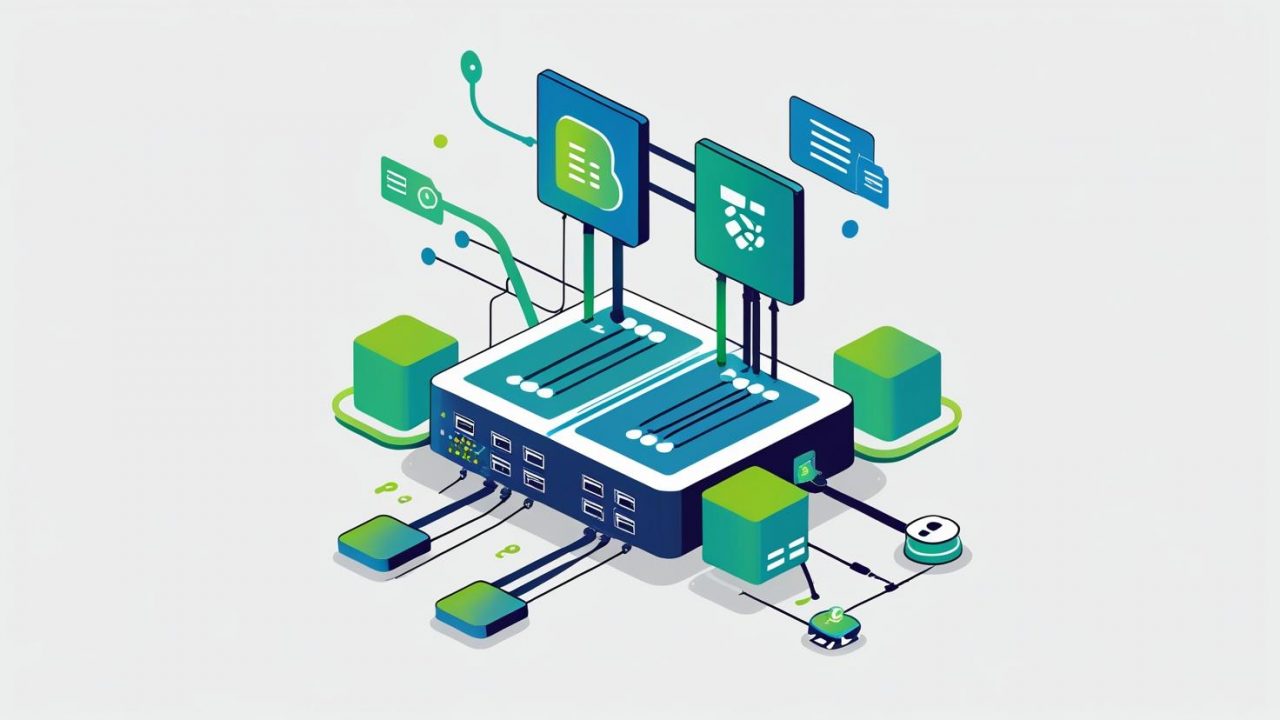What is a Docking Port? | OpsNexa
In the ever-evolving landscape of technology, seamless connectivity is no longer a luxury — it’s a necessity.
Whether you’re a professional working across multiple devices or a gamer needing fast performance, docking ports are crucial.
At OpsNexa, we believe in enabling smarter workflows and better hardware integration.
Let’s explore what a docking port is, why it matters, and how it enhances modern setups.
What is a Docking Port?
Simply put, a docking port is a physical connection point that allows a device to interface with a docking station or another device, expanding its functionality.
🔹 Think of it as a bridge between your main device (like a laptop, tablet, or gaming console) and external peripherals such as:
-
Monitors
-
Keyboards
-
Mice
-
Printers
-
External drives
-
Network cables
Instead of plugging and unplugging multiple devices individually, you connect everything through one single port via a dock.
How Does a Docking Port Work?
A docking port consolidates multiple types of connections into one streamlined interface.
When you connect your device to the dock via the port, you instantly gain access to all the devices linked to the dock.
✅ Typical connections managed through a docking port include:
-
HDMI/DisplayPort (video)
-
USB-C/USB-A (data transfer)
-
Ethernet (network)
-
Audio in/out
-
Power delivery (charging)
This simplifies your workspace, minimizes cable clutter, and ensures faster, more reliable switching between mobile and desktop work modes.
Types of Docking Ports
🔹 USB-C Docking Port
The most common today. USB-C ports handle:
-
Power
-
Data transfer
-
Video output
— all through a single reversible cable.
🔹 Thunderbolt Docking Port
An advanced form of USB-C with higher speeds (up to 40Gbps) and support for multiple 4K monitors.
🔹 Proprietary Docking Ports
Certain brands (like Dell, HP, and Lenovo) create specialized docking ports for secure and customized connectivity.
🔹 Gaming Dock Ports
Special ports for devices like the Steam Deck, allowing connection to larger screens, Ethernet, controllers, and charging simultaneously.
Where Are Docking Ports Commonly Used?
At OpsNexa, we observe docking ports making a massive difference in these areas:
🔹 Corporate Workstations
Employees quickly connect laptops to full-sized keyboards, dual monitors, and network connections at their desks.
🔹 Remote Work Setups
Home offices benefit from clean, efficient workstations without the chaos of tangled cables.
🔹 Gaming Stations
Devices like the Steam Deck use docking ports for powerful gaming setups on external displays.
🔹 Creative Studios
Photographers, videographers, and designers connect cameras, external storage, and multiple displays for a seamless creative workflow.
🔹 Educational Institutions
Teachers and students use docking ports to connect to projectors, smartboards, and peripherals during hybrid learning.
Docking Port vs. Standard Port: What’s the Difference?
| Feature | Docking Port | Standard Port |
|---|---|---|
| Purpose | Expand to multiple devices at once | Connect a single device |
| Data & Power Capacity | High | Varies |
| Versatility | Very high | Limited |
| Cable Management | Excellent | Requires multiple cables |
| User Experience | Seamless, efficient | Manual, repetitive connections |
In essence, a docking port transforms a portable device into a full workstation without sacrificing mobility.
Key Benefits of Using Docking Ports | OpsNexa Insight
✅ One-Click Productivity
Instantly connect to multiple devices and start working without tedious setup.
✅ Workspace Optimization
Clean desks lead to better focus and higher efficiency.
✅ Port Multiplication
Even thin ultrabooks with limited ports can connect to full office setups.
✅ Charging + Data Transfer
Charge your laptop, transfer files, and display video — simultaneously.
✅ Mobility Without Sacrifice
Leave your cables behind. Just dock and go.
✅ Future-Proofing
Newer docking solutions (like Thunderbolt 4 docks) are ready for next-gen devices and high-speed peripherals.
Future Trends: The Evolution of Docking Ports
At OpsNexa, we always think forward. 🚀
Here’s where docking technology is heading:
🔹 Wireless Docking
Emerging tech will allow docking without physical cables — using WiGig or other wireless standards.
🔹 Universal Standards
USB4 and Thunderbolt 5 will standardize docking experiences, making it easier across all brands and devices.
🔹 Integrated Docking Stations
Monitors and furniture will have built-in docks, creating ultra-minimalistic setups.
🔹 Smart Dock Management
Docks will intelligently prioritize network, video, and power delivery based on task requirements.
The future of docking is not just about connection — it’s about intelligent connection.
How OpsNexa Helps You Harness Docking Technology
At OpsNexa, we believe that smart workspaces enable smart businesses.
We help companies and individuals optimize their workflows through technology like advanced docking solutions.
Whether you’re:
-
Upgrading your office
-
Building a remote work setup
-
Equipping your creative studio
-
Enhancing your gaming station
We can guide you towards future-ready solutions that maximize productivity and flexibility.
Final Thoughts: Why Docking Ports Matter
A docking port may seem like a small feature, but it unlocks massive potential.
It streamlines your environment, reduces friction, and ultimately helps you focus on what matters: your work, your creativity, your performance.
At OpsNexa, we see docking technology as an essential enabler for the next generation of work, gaming, learning, and collaboration.
The right connection changes everything.



